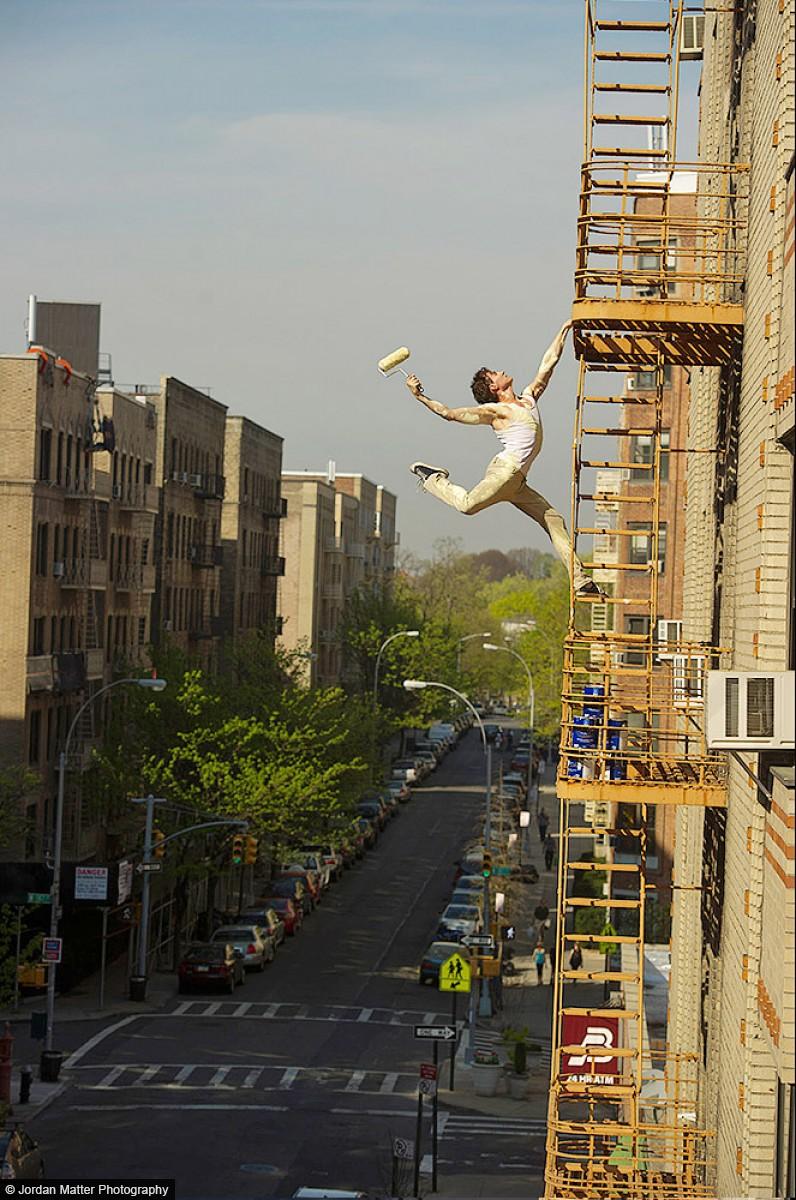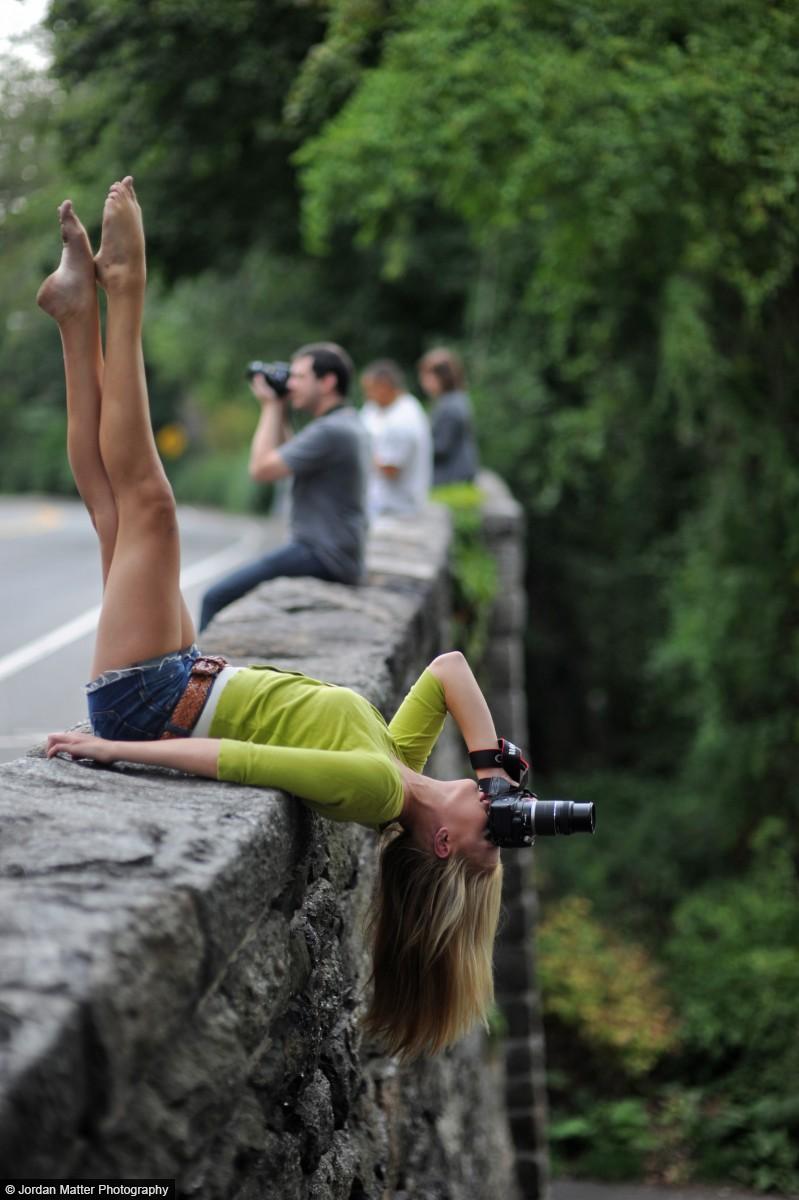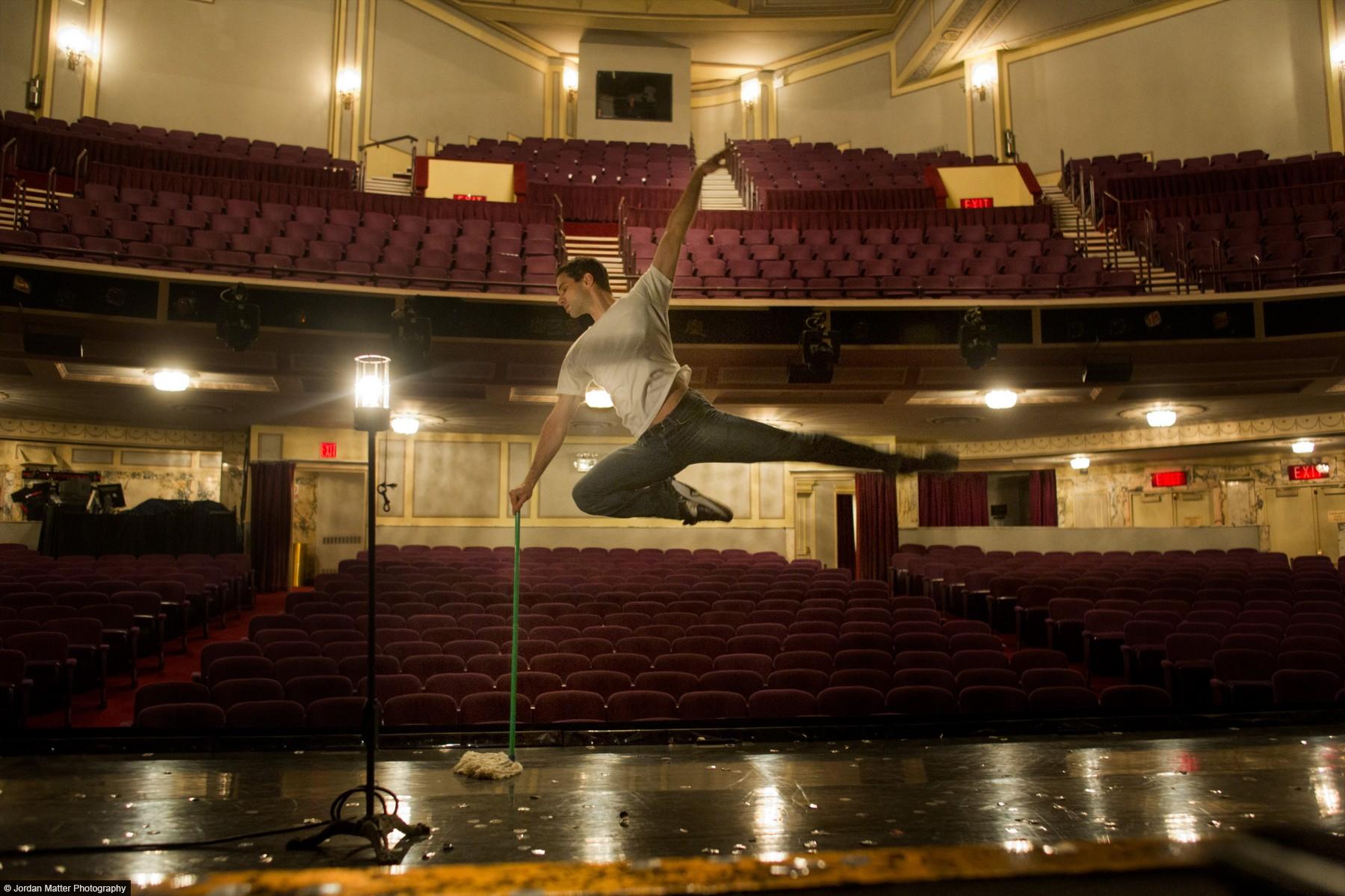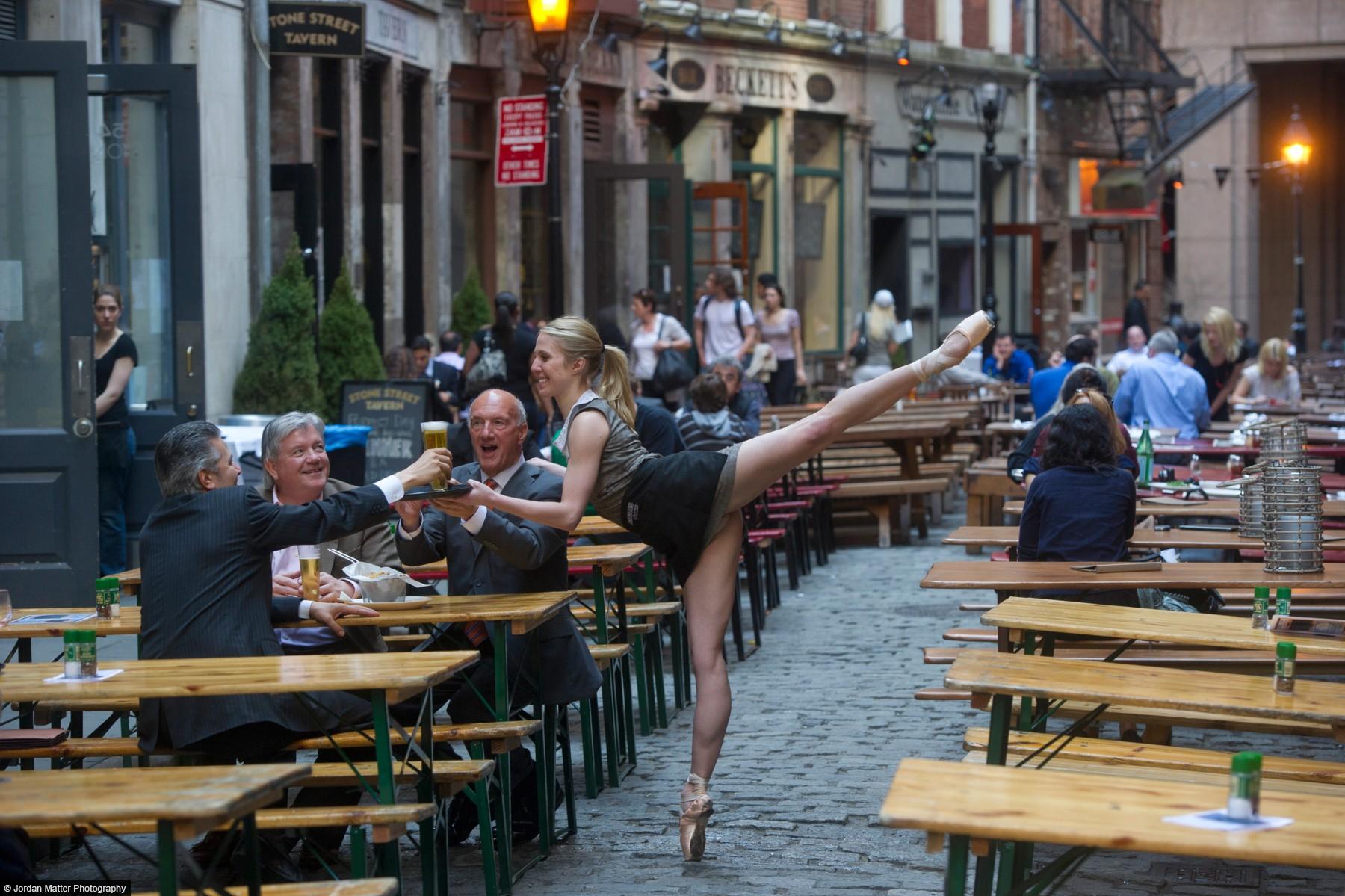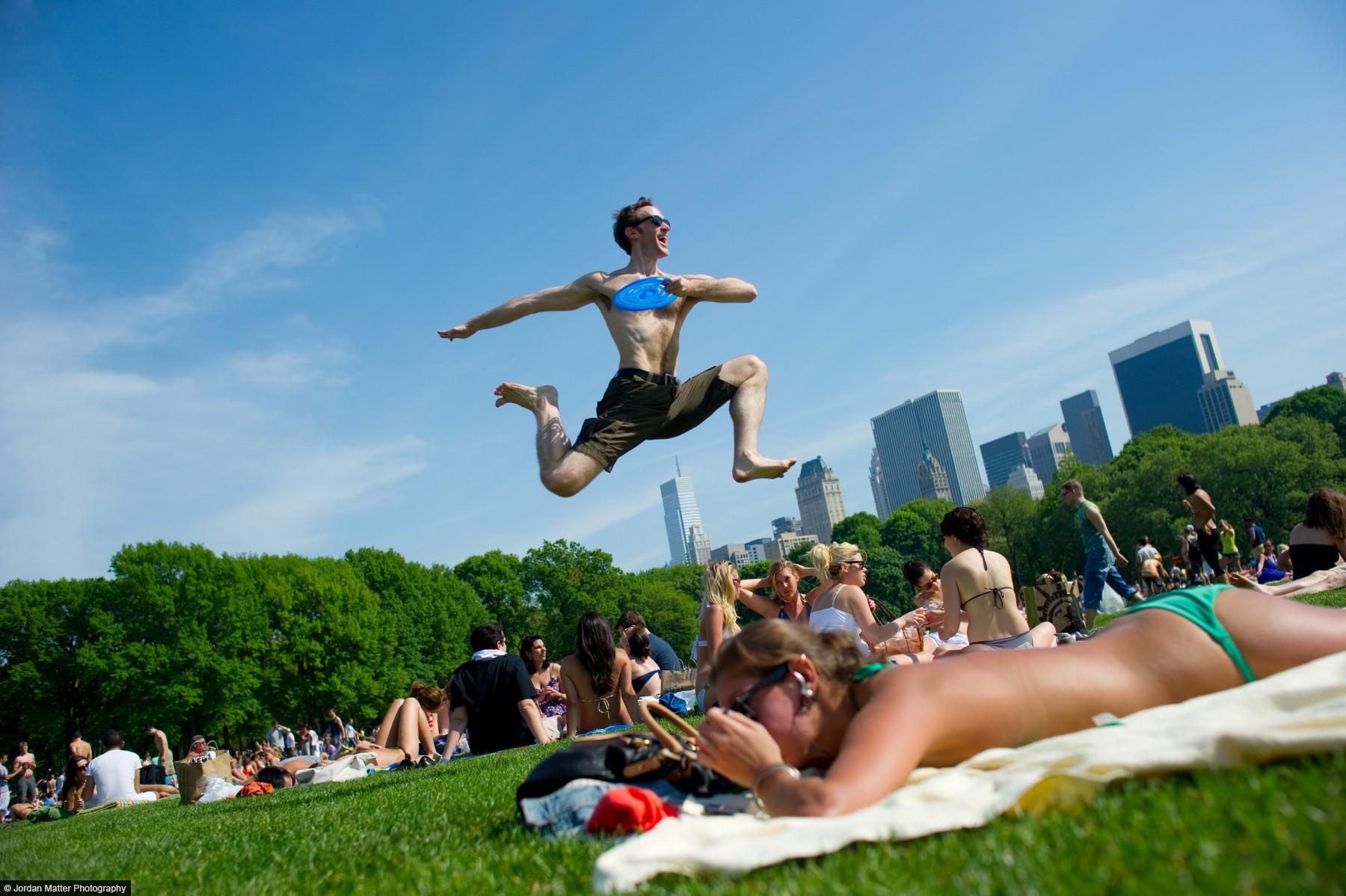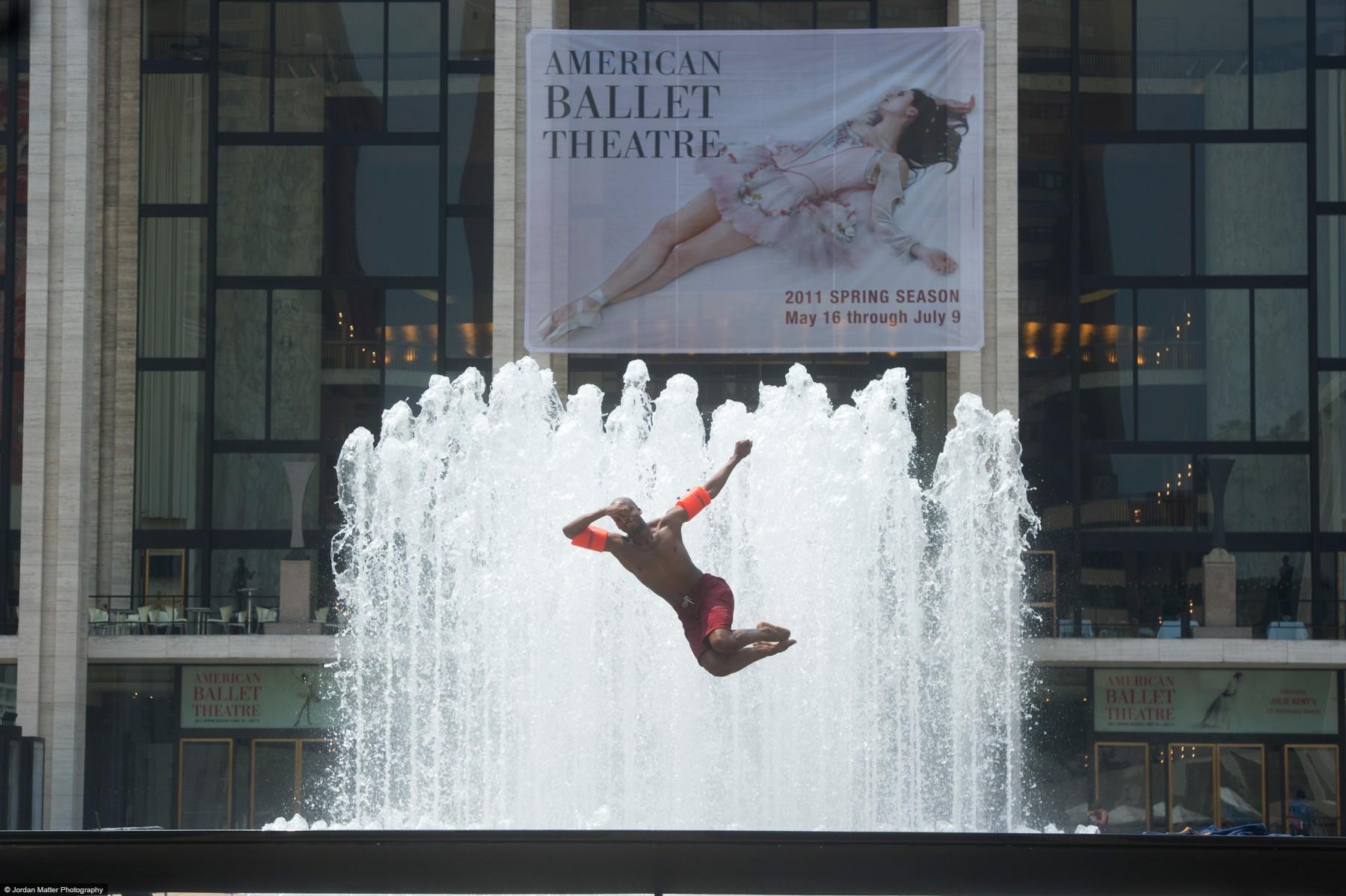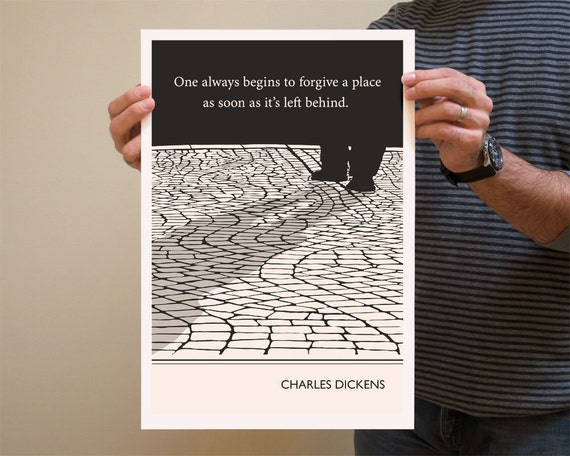One of the best books I read this year was
Wild: From Lost to Found on the Pacific Crest Trail
.

In this memoir/travelogue, Cheryl Strayed recounts the hardest years of her life: When she’s just 22, her mother suddenly dies from cancer. Shattered by her death, Strayed loses touch with her siblings, cheats on her husband, destroys her marriage and dabbles in drugs. Four years into her grief, Strayed decides to embark on 1,100-mile a solo hike along the Pacific Crest Trail, from California to Washington—never mind that she’d never backpacked before. Her journey is full of mishaps and brushes with danger, as well as encounters with many kind strangers. Along the way, she finds the strength that eventually helps her put her life back together.
Perhaps it’s because I’m an east coaster, but I’d never heard of the Pacific Crest Trail (PCT) before I read the book.В I’d known about the Appalachian Trail, which runs from Georgia to Maine, and even encountered it on my own hikes. But I didn’t know it had a west coast cousin that runs 2,650 miles from Mexico to Canada.
And now I—and surely millions of others who’ve read Wild—really want to hike the PCT, too.
But just part of it.
I’m not going to pretend that I’m bad-ass enough to quit my job and spend months hiking by myself. Strayed makes it clear that while the PCT was a rewarding adventure of a lifetime, it definitely wasn’t easy. She lost toenails, encountered wild animals and battled the fatigue, hunger and tedium that comes with walking 20+ miles a day.
But her descriptions of the trail are gorgeous. The PCT runes through six of North America’s seven ecozones. Strayed writes about sweating through the desert, sliding over icy patches in the mountains and walking among wildflowers in the woods. Almost all the hiking I’ve done has been on the east coast—amid gray mountains and pine trees—or up and down Central American volcanoes. The PCT sounded completely different and intriguing.
Photos, taken by hikers, on the Pacific Crest Trail Association’s websiteВ attest to how beautiful and varied the scenery is:

Southern Terminus: Pacific Crest trail head at US/Mexican Border. Photo by Alan Beneventi

Mojave Desert. Photo by Aaron Doss, pbase.com/aarondoss

Muir Pass. Photo by Aaron Doss, pbase.com/aarondoss

Velma Lakes. Photo by Paul Zaretsky, paulzaretsky.com

Mt. Shasta. Photo by Jim Payne.

Diamond Lake. Photo by Tyson Fisher, tysonfisher.com

Central Oregon. Photo by Ana Gipe

Crater Lake. Photo by Eric Valentine

Mt. Rainier from Goat Rocks Wilderness. Photo by David Geisinger
Even more gorgeous photos here. Plus, see the winners of the 2012 Pacific Crest Trail Association’s photo contest.
Have you read Wild and become inspired to hike the PCT? Or have you already done it?
(All images via the PCTA)

